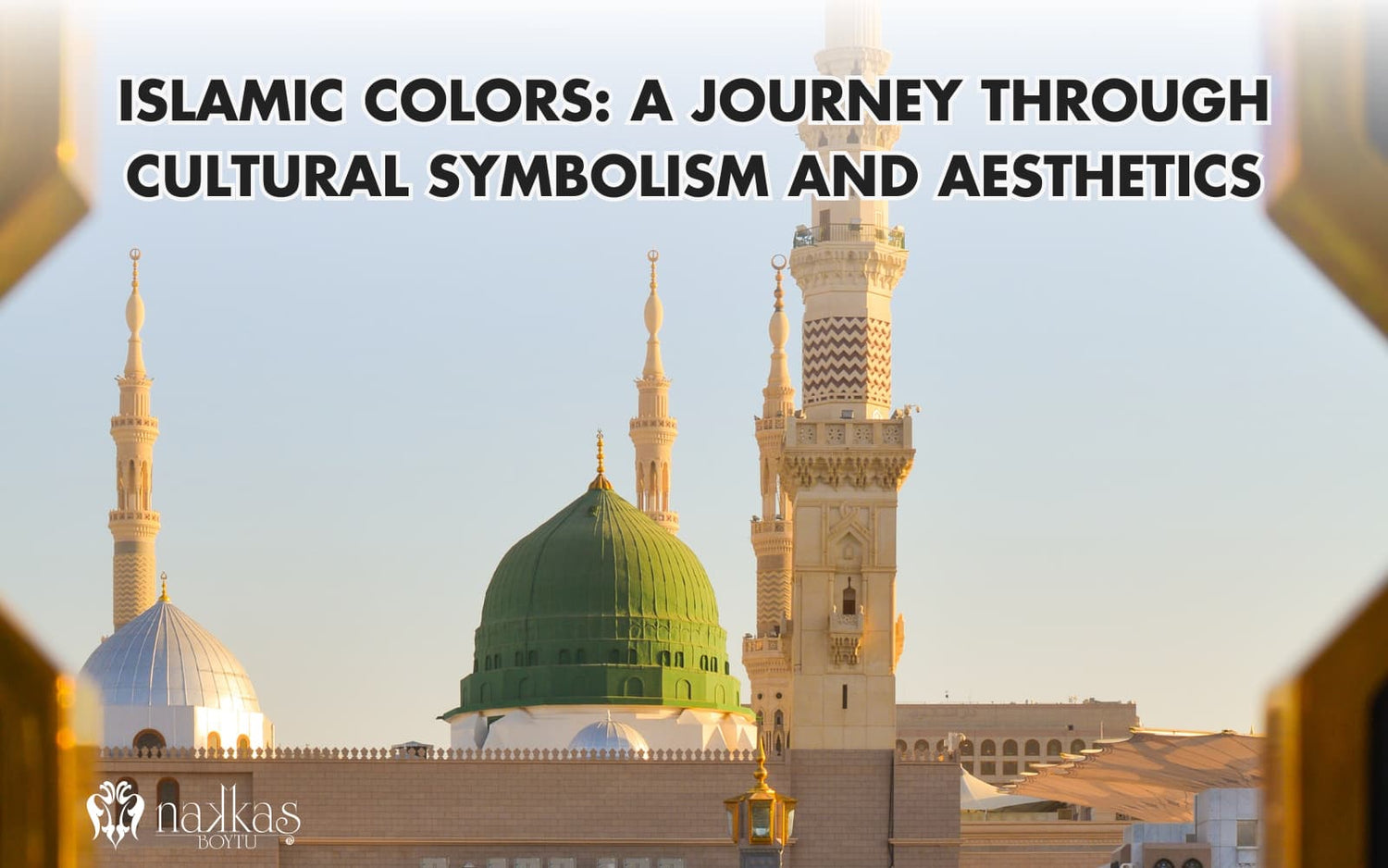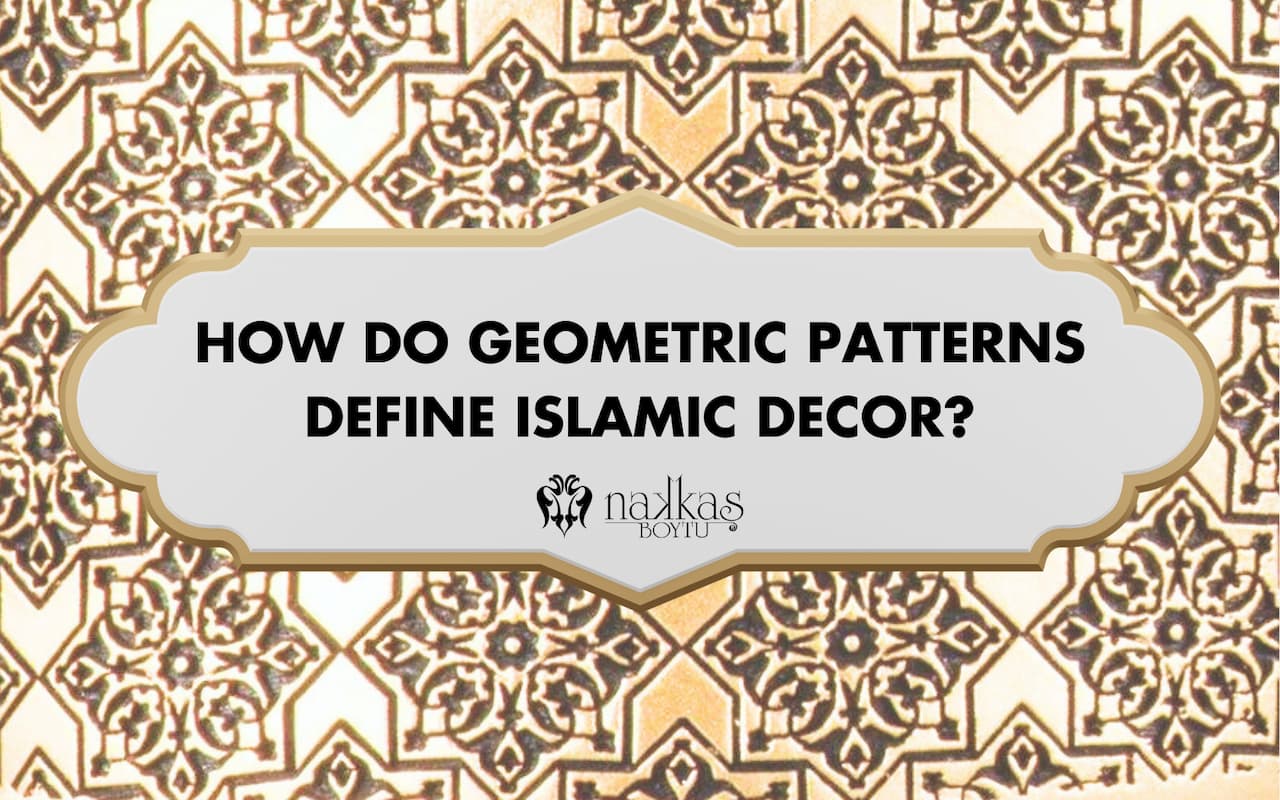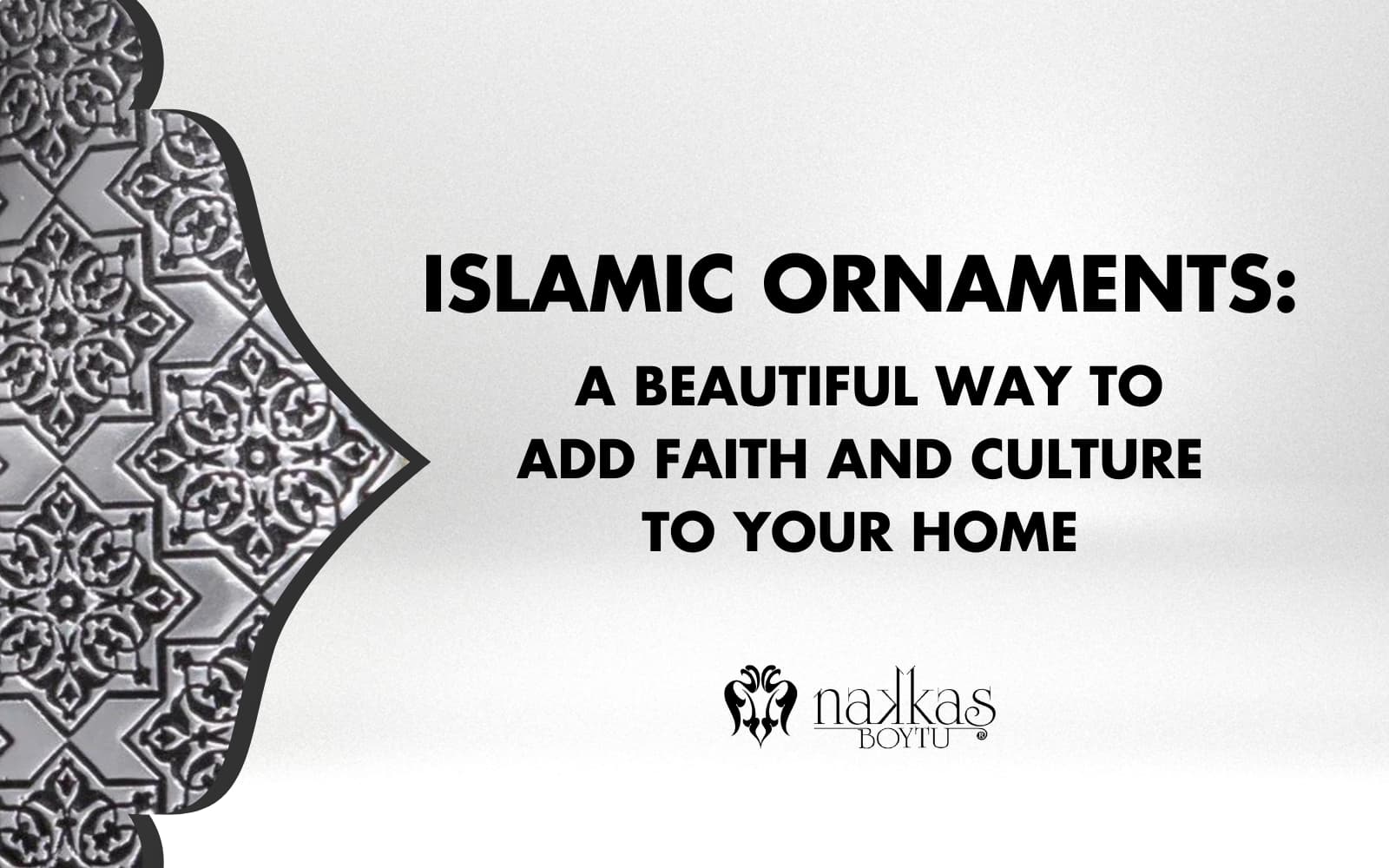Islam colors inspire a unique blend of beauty and meaning, transforming the perception of aesthetic and deeper, non-material expression. These colors, rich in symbolism and history, serve as powerful Islam symbols, bridging the gap between visual beauty and profound cultural narratives.
If you are curious about the deeper meanings behind colors, here is how they shape the rich tapestry of Islamic heritage. In this blog post, you will discover the relationship between color, symbolism, and cultural identity in the Islamic world.
The Significance of Color in Islamic Art and Culture
The significance of color in Islamic art and culture transcends mere visual appeal and contains deeper meanings. These colors are not just decorative elements; they are powerful symbols integral to expressing Islamic symbols and identity. They carry a rich cultural, and historical meaning, making them indispensable in understanding Islamic art.
In Islamic art, color serves as a dynamic tool to convey complex messages and themes. As a means of expression for artists and architects, color connects the physical art form with more profound, non-material and philosophical concepts. This use of color not only enhances the aesthetic appeal of the artwork but also enriches the viewer's experience, providing a deeper understanding of the context and significance of the artwork.
Furthermore, the use of Islamic colors reveals the rich diversity of Islamic culture. Different regions and eras have interpreted these colors uniquely, adding layers of meaning and cultural significance. This diversity emphasizes the adaptability and creativity in Islamic art. The use of colours in Islam also helps to preserve the different cultural identities within the Islamic tradition.
Why is the Significance of Color Important in Islamic Art and Culture?
In Islamic art and culture, colors are important because they go beyond mere aesthetic appeal and contain deep symbolic and transcendent meanings. From architecture to manuscripts, colors are visual elements and conveyors of profound messages and values intrinsic to Islamic heritage. The thoughtful use of colors of Islam various artistic forms reflects a rich tapestry of beliefs and traditions, highlighting the intricate relationship between art, faith, and culture in the Islamic world.
What are the Colors of Islam?
Although many colors are used in Islamic culture, we can talk about 5 basic colors. In his study, Norwardatun Mohamed Razali noted that these colors highlight their profound influence on various aspects of Islamic life, from architecture to clothing.
Here are the 5 colors of Islam:
- Green
- Blue
- Black
- White
- Gold

1. Green
Green holds a special place in Islam, symbolizing life, nature, and paradise. This color, deeply rooted in Islamic culture, represents the lush gardens of paradise and is often associated with the Prophet Muhammad (PBUH). Mosques and Islamic architecture frequently feature green, reflecting its spiritual significance and creating a serene, natural ambiance.
The Islamic green color used in spaces connects worshippers to nature and serves as a reminder of the promised rewards of paradise in the afterlife. Its prevalence in Islamic art and architecture underscores the deep connection of faith to this color, making it a prominent color.
2. Blue
The blue color in Islam holds a profound significance, symbolizing transcendence and the heavens. This color, often associated with contemplation and reflection, is prevalent in Islamic art and architecture. Blue is commonly used in tile work, domes, and ceiling constructions, where it signifies the impenetrable depths of the universe.
Shades of turquoise blues, in particular, are thought to possess mystical qualities. Blue, at its core, serves as a reminder of the skies and the alluring distances of higher knowledge, embodying a connection that is deeply rooted in Islamic tradition and goes beyond the tangible world.
3. Black
The black color in Islam represents solemnity, authority, and sometimes mourning. It is a color of significant importance, often used in attire and religious symbols. Black is notably present in the attire of some Islamic clerics, especially in some regions, and is also the color of the chador traditionally worn by women.
The Kaaba, the holiest site in Islam located in Mecca, is draped in a black cloth, symbolizing its sacredness and reverence. This use of black in various aspects of Islamic life and worship highlights its deep symbolic value within the faith.
4. White
In Islamic culture, white is a color of great significance, symbolizing purity, peace, and cleanliness. It is a preferred color for attire, especially during Friday prayers and other religious occasions, reflecting a state of inner purity and devotion. White is also commonly used in Islamic architecture and design, often seen in the interiors of mosques and religious buildings, creating a serene and tranquil environment. This color's association with purity and peace makes it a fundamental aspect of Islamic aesthetic and profound non-material expression.
5. Gold
Gold is a color that symbolizes the splendor and purity of paradise in Islamic culture. This color is often used in Islamic art and architecture, especially in decorating mosques and adorning Qur'ans. Gold represents physical beauty, wealth, enlightenment, and wisdom. Its use in Islamic spaces, especially in combination with other important colors such as green, enhances the aesthetic and transcendent ambiance, reflecting the grandeur and majesty of Islamic heritage and the divine.
How Do Islamic Colors Carry Symbolic Meanings?
Islamic colors carry symbolic meanings that transcend mere aesthetic value and are deeply rooted in the cultural and religious fabric of Islam. These colors are not arbitrary but are chosen for their profound and historical significance within the Islamic tradition. The use of Islamic color in various aspects of life, from religious rituals to architectural design, is a reflection of the faith's rich heritage and its intricate symbolism.
In Islamic culture, colors are often selected for their ability to convey specific or emotional states. They are used strategically in religious and cultural contexts to evoke feelings of reverence, purity, or solemnity. This careful selection and use of color in Islamic art, architecture, and attire underscore the faith's attention to symbolism and meaning. The chosen hues often serve as Islamic symbols, representing and communicating the rich traditions and values of the faith.
How to Use Islamic Colors in Design?
Islamic colors in design offer a unique opportunity to infuse spaces with cultural depth and profound meaning. The key to effectively using the color of Islam lies in understanding the symbolic weight these hues carry. Designers should immerse themselves in these colors' historical and cultural contexts, ensuring their use resonates with the intended and cultural messages.
When incorporating Islamic colors into design, it’s essential to consider their emotional and psychological impact on a space. These colors are more than decorative choices; they serve as powerful tools that evoke specific moods and feelings. Designers can achieve a cohesive and respectful design by balancing these hues with the overall theme, while also incorporating complementary geometric patterns.
What Role Do Islamic Colors Play in Enhancing Home Decor?
Islamic colors significantly enhance home decor, offering a unique blend of aesthetic appeal and cultural depth. Deeply rooted in Islamic tradition, these colors bring a sense of transcendence and tranquility to living spaces. When used thoughtfully, they can transform a home into a serene sanctuary that reflects the rich heritage and profound values of Islam.

What is the Connection Between Islamic Colors and Calligraphy?
The connection between Islamic colors and calligraphy intertwines symbolism of deeper meaning with artistic expression. Gold, often used in calligraphy, signifies divine light and wisdom, elevating the sacredness of the text. Blue, symbolizing transcendence and the heavens, provides a contemplative backdrop, enhancing the script's visual impact. This harmonious blend transforms Islamic calligraphy into a visual representation of divine messages, enriching its aesthetic and profound essence.
How Does Elegance in Detail Define Islamic Color Choices in Ornamental Design?
Elegance in detail defines Islamic color choices in ornamental design through a meticulous selection process that embodies deep symbolic meanings. In Islamic art, every color choice reflects a blend of cultural significance and transcendent symbolism. Designers carefully select hues to evoke emotions like tranquility, purity, or divine connection. This thoughtful approach ensures that each color enhances the ornamental design's overall harmony and profound resonance.
To beautify your home with the cultural richness and deeper meaning of Islamic art, discover Nakkaş Boytu's collections, each piece a testament to the profound importance of color in the Islamic tradition. Elevate your living space with Nakkaş Boytu, where each piece is a reflection of the deep symbolic meaning and aesthetic beauty of Islamic colors.







